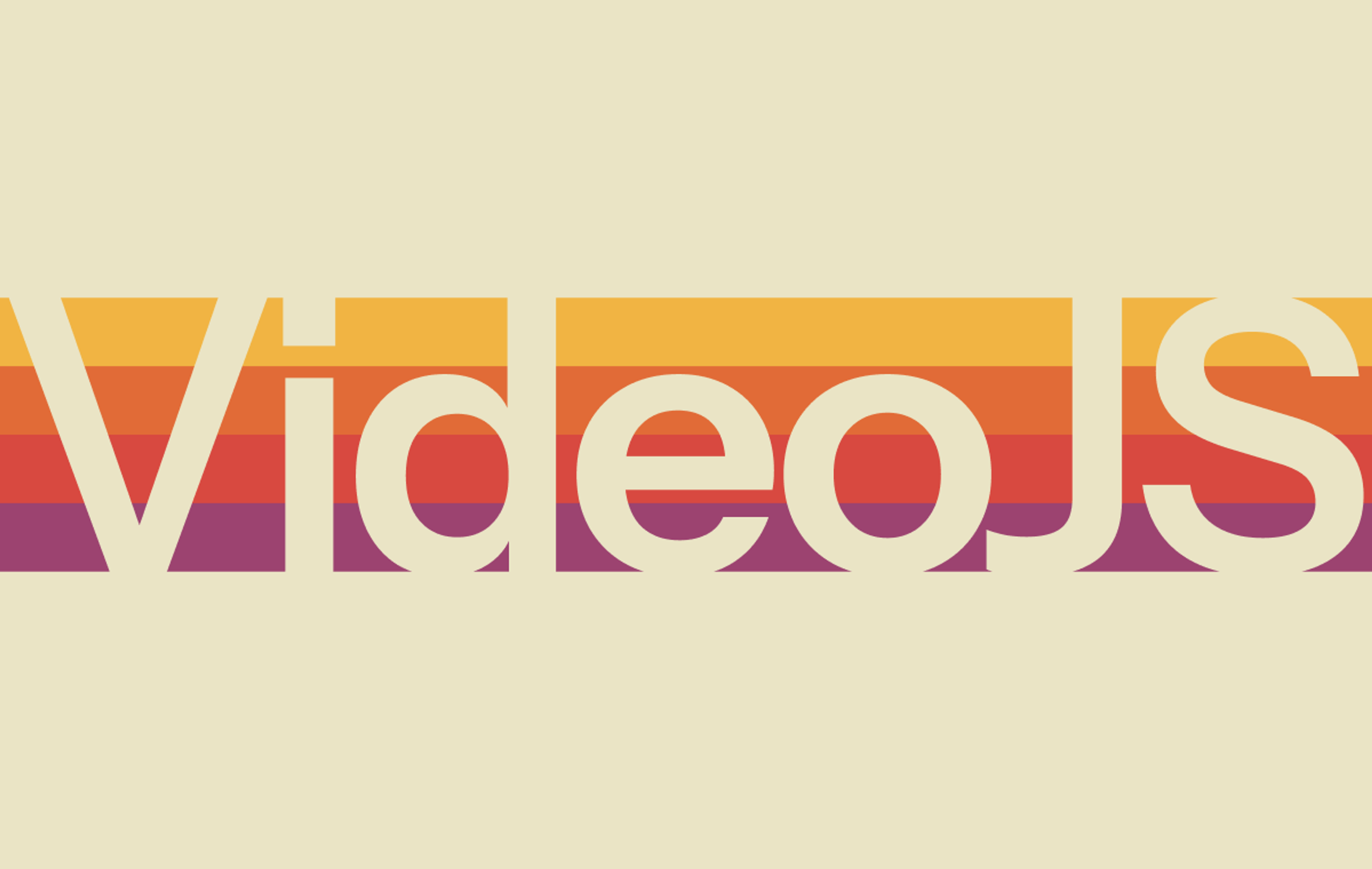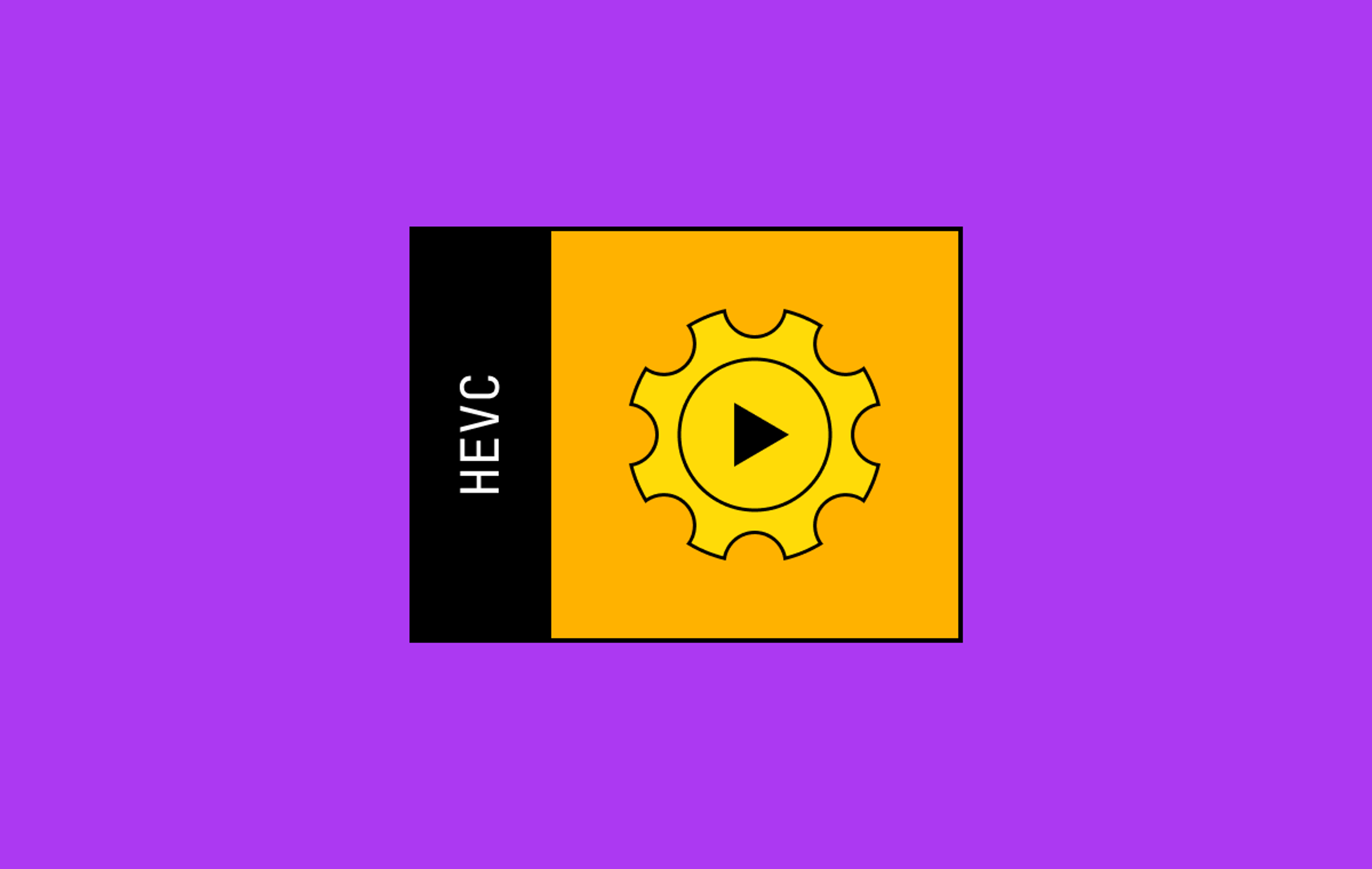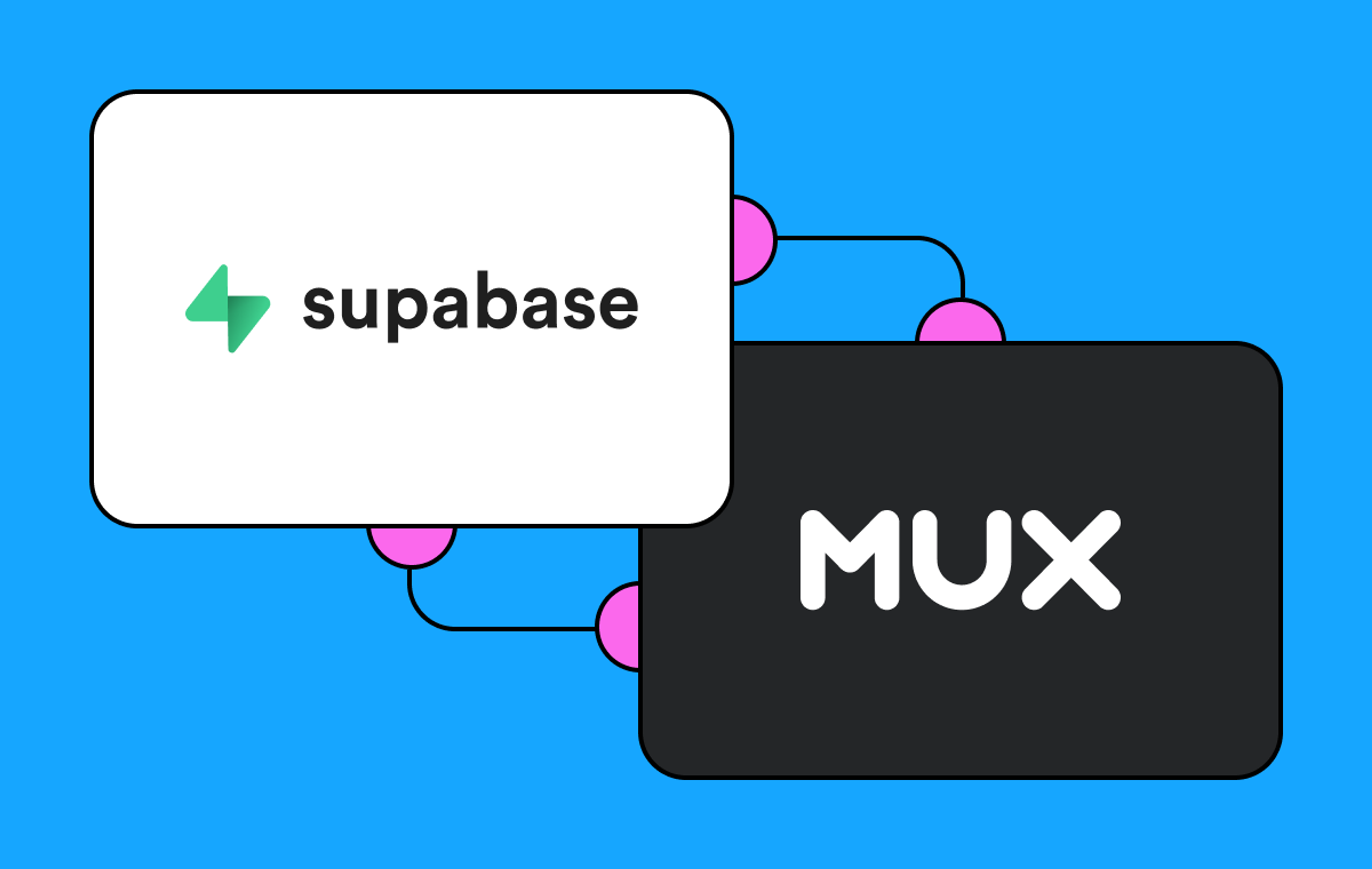It's been an epic year for Mux Data, and we're not shy to share two of our proudest moments — supporting the launch and global expansion of the Max streaming service with Warner Bros. Discovery and, our support for one of the largest live sporting events on the planet (hint: it's even bigger than the Super Bowl). Dive into our case studies if you're keen on the details.
One of the things these launches have in common is the way they approach presenting the key metrics they get from Mux Data to their teams. They want each team to visualize the data in the best way possible. For some teams, that means having access to the pre-built Mux dashboards, for others, an API-first, headless approach works best.
Across our customer landscape, Mux is utilized in varied forms. Live operations and product development teams rely on built-in Mux Data dashboards, while customer support and operations teams craft their bespoke "single pane of glass" dashboards, merging Mux metrics with engagement, ad metrics, and app performance insights from other products.

Think of it like LEGO. You could stick to the instructions and build something great, no doubt. But the true thrill lies in taking the structure apart and making it entirely your own. Mux, in essence, is your box of LEGO for video data and analytics, encouraging you to mix, match, and integrate these components into your unique creation, perfectly aligned with your platform's needs. (And yes, the rumors are true, we do have LEGO kits we’re giving out at NAB. Don’t forget to schedule time with us).
We believe for data products to be fully utilized across an organization, they need to be interoperable and standards-based. From the start, Mux was built to be integrated with other products. This is why Mux Data supports multiple export and real-time data streaming formats and important standards like CMCD.
Our approach
Principles we stand by
- Video focus — Mux is a video company in its soul. There’s a significant product advantage and focus that comes from running a massive video streaming platform and “dogfooding” our own Data platform to make video better. We have the same daily challenges as most of our Mux Video customers.
- Interoperability — We have no fees or limits on data exports. Interoperability is the air we breathe as an industry. We don’t intend to add friction in how you use or pay for Mux Data.
- A la carte, not a buffet — We believe in specialization and have no intent to build an all-in-one smorgasbord of observability and analytics that’s applicable outside of video. Snowflake, Databricks, New Relic, and Datadog are great products. We’d rather integrate and partner with them than try to compete with them.
Integration made simple
- Amazon Kinesis & Google Cloud Pub/Sub — Whether you're in the Amazon or Google camp, these tools are your allies in streaming real-time data into your systems, ensuring seamless integration and actionable insights.
Choose your format
- Protobuf: — Offers a streamlined way to handle data, favoring efficiency over bulkiness, though it might ask for a bit more effort during integration.
- JSON — The everyday favorite for its flexibility and readability, making data integration a breeze.
- CSV Exports — For the traditionalists, providing straightforward, universally compatible data ingestion for one-off analysis.
Integration highlights
- New Relic — Mux and New Relic together offer a crystal-clear view into your video and app performance, akin to having a high-powered microscope at your disposal.
- Jump Data-Driven Video & Mixpanel — These integrations allow you to bridge video performance with deep engagement and health metrics, offering insights that can drive user retention and satisfaction.
- Grafana & Datadog — With these tools, you're equipped to customize dashboards and monitor streaming performance, ensuring your video content always hits the mark.
LEGO has maintained compatibility in its systems since the 1950s - a lesson we can all learn in software. Compatibility and standardization mean you can save money and make your team’s lives easier in the short term, and future-proof your stack for the long term.
Come see us at NAB to discuss more.



